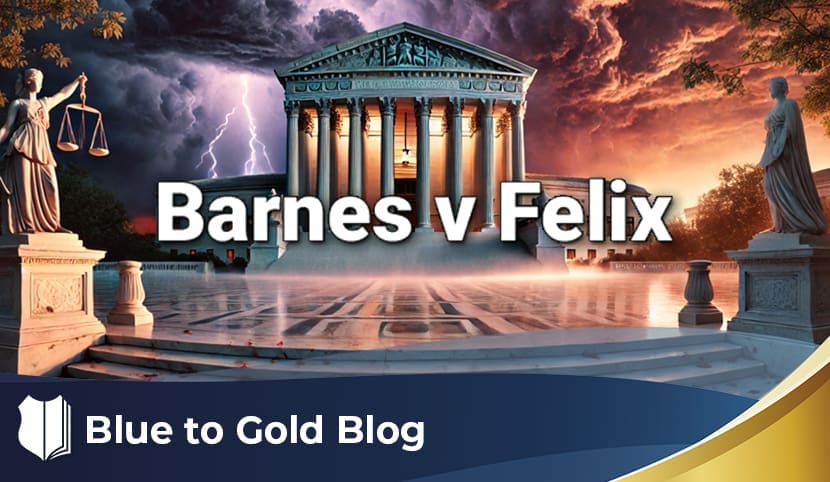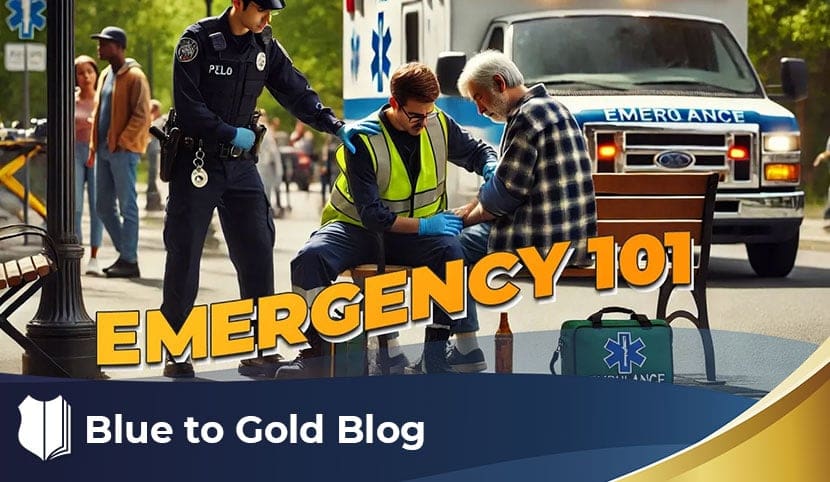How can police order potentially smuggled people in a van out? My name is Anthony Bandiero, attorney and senior legal instructor for Blue to Gold Law Enforcement Training, bringing this question from officer in Illinois.
The officer says, “Would it be a Fourth Amendment violation by entering a full size van? It’s about 95 degrees outside, the engine is turned off. The driver did not consent to the entry and did not consent to a search. The officers believe that people being smuggled or trafficked are inside the van. Also, there’s a canine en route.”
Okay, this is a pretty good question. There are a few things going on here. Number one, if the officer or officers believe that there were occupants inside a car, they can order them out as a matter of routine. That case is Maryland versus Wilson, the Supreme Court extended the bright-line rule to allow an officer to order any passengers out of the car. Alternatively, the officer may also order all the occupants to remain in a car with their hands up. That’s United States versus Moorefield, a Third Circuit case.
So going back to the scenario, if the officers believe that there are occupants in the vehicle, they have a right as a matter of routine, to order them out of the vehicle. The other thing is, a lot of officers and handlers do not run dogs around cars when they believe that there are people inside the vehicle. So look, if you’re going to go down the Maryland versus Wilson route, you better articulate why you believe people were in the vehicle.
I know this is a Federal officer. So they may be looking at a smuggling thing, but let’s just keep them separate. Okay, we’re not going into the van to search for evidence. We’re simply going in there because we believe people are in there, and we want them out. Now, if you don’t have really any good evidence, hard evidence that there are people in the vehicle, then you’re on shaky ground.
The other officer also talks about exigent circumstances. That will also work. I can understand that. There could be some exigent circumstances, but maybe a van is pushing it as far as this kind of thing is concerned. But what if you thought that there were people in the back of a semi truck? Forget the evidence part, forget the fact that the driver may be smuggling people, or engaging in human trafficking. But if you have reason to believe that there’s somebody back there, then you also have this authority to hopefully protect them.
But again, the easiest one that I would do here is just Maryland versus Wilson, “Your Honor. This is why I believe somebody was in the van. I can order people out of the vehicle for officer safety.”
And then we go from there. If you order them out, you knock on the window, bang on the side of the van and say, “Hey, I need you guys out of here.” And if they don’t want to come out, you open the door. That’s fine, too, because they’re not complying. And if you happen to see evidence in plain view, we go from there.
But I think that’s the way I would handle this case. I think the court would uphold it as long as you have reason to believe that people were inside the van.
All right. Thank you for your questions. Hopefully this has helped you get it right every single time. Keep doing the good work and stay safe.








